The Himedia Q10 Pro is the company’s latest Android TV box and one of the few Android boxes using the quadcore Hisilicon Hi3798C V200 SoC. With a 3.5″ HDD bay, touch-enabled control panel and a premium pricetag, is Himedia’s latest device a winner? Read our Himedia Q10 Pro review to find out.
I want to say thanks to Himedia for sending me a sample to review. You can pick up the Himedia Q10 Pro from Amazon and GeekBuying.
Please note: HiMedia have released firmware 2.0.6 for the HiMedia Q10 Pro that supports 4K UHD Blu-ray navigation on Android 7.0.
Check Price at AmazonHimedia Q10 Pro Technical Specifications
[aps_product_specs id=”6366″]
What’s in the Box?
Inside the box, you’ll get:
- Q10 Pro Android TV box
- Power Adapter
- Learning IR Remote
- HDMI Cable
- English Instruction Manual
Himedia Q10 Pro Review: Design
The Himedia Q10 Pro is a seriously huge device size. Coming in at a beastly 226x180x50mm, it’s around the same size as a Playstation 4.
However, it’s massive frame is put to good use. The front panel features a large LED display, a set of touch controls and the power button.
The right side has a lock that slides to open top of the unit, exposing the 3.5″ internal SATA bay.
Jumping over to the left, you’ve got a USB 3.0 port, 2 USB 2.0 ports and an SD card slot.
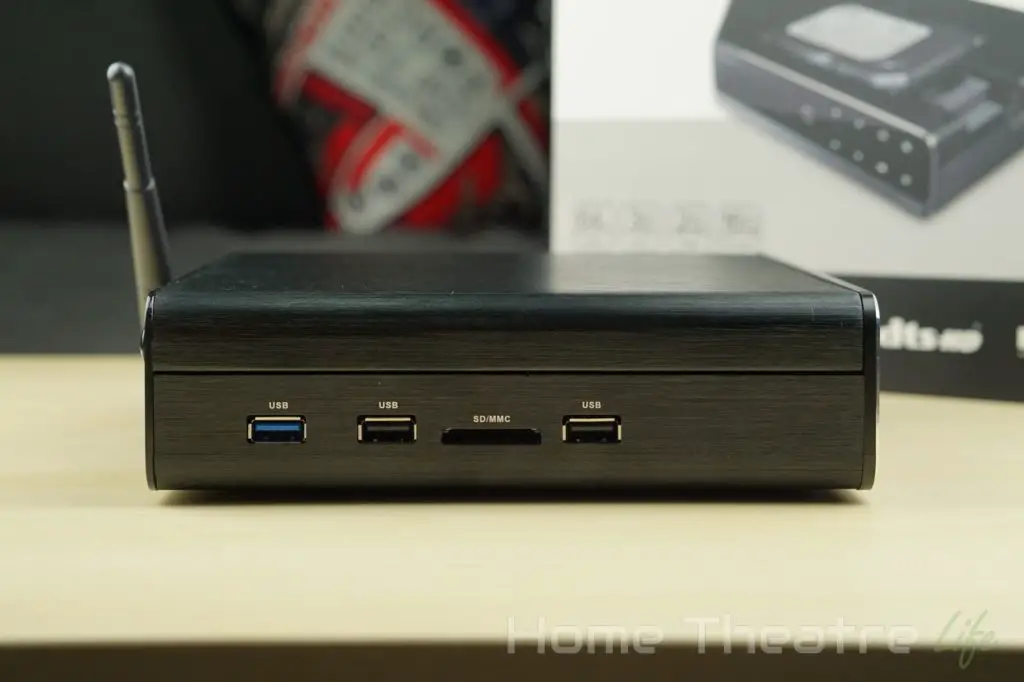
The remote that comes with the Himedia Q10 Pro is pretty much identical to the one that shipped with the Himedia H8. Thankfully, it’s pretty nice including the key Android functions, dedicated media controls and even buttons that can be learned from other controls so you can control or amp from the one remote. It’s a nice touch. The keys themselves are reasonably quiet too.
Himedia Q10 Pro Review: Using It
Booting up the unit takes around 25 seconds with a keyboard and mouse connected. Standby unfortunately doesn’t seem to be supported so you’ll have to leave it idle or power it up every time. It can be powered up via the remote however.
The Android launcher is a modernized version of the one seen on the Himedia H8, keeping the same bright multicolored tiles and comprehensive skinning whilst using a flatter, Material-inspired design.
There’s a few preinstalled apps, including Facebook, Skype, Kodi 15.2 and Happy Cast for AirPlay support. Google Play works as expected but the box isn’t rooted.
You can also use the device as a fileserver using the built-in Samba server which is great, particularly given that you can chuck in a massive harddrive and get the unit to double up as a fileserver.
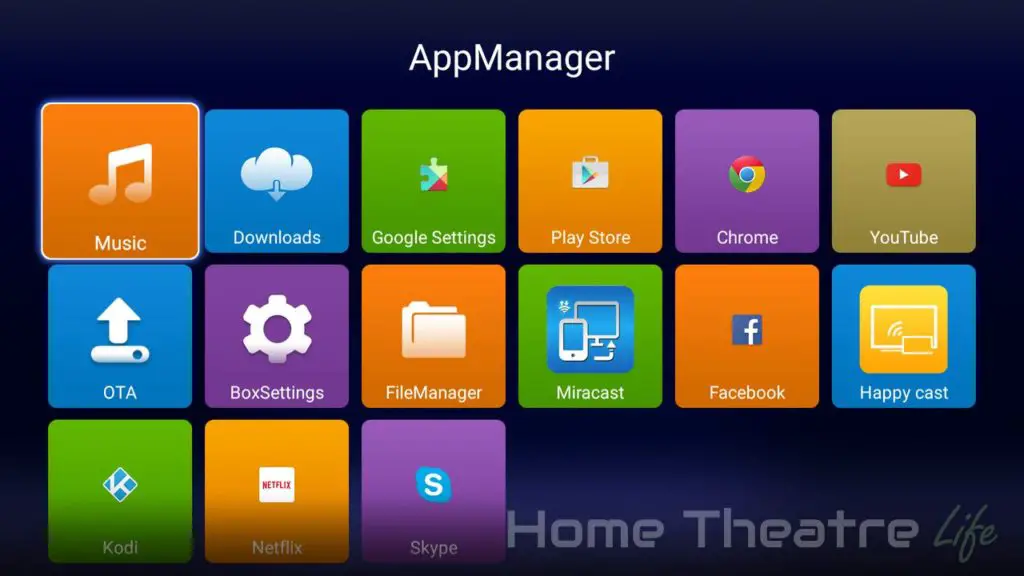
Interestingly, the unit has two 12GB partitions: One with 11.46GB/12.12GB free and the other with 11.36GB/12.02GB free.
The Himedia Q10 Pro is also comes with OTA update support. I wasn’t able to test it out however, as I already had the latest firmware pre-installed. The company does have a reputation of releasing firmware updates to fix issues however.
Android performance was good without any noticeable lag, whether it’s navigating Kodi, launching apps or just using Android itself. The firmware itself feels pretty stable and the only crashes I experienced were with 3DMark (which has been giving me grief on a few boxes).
Himedia Q10 Pro Review: Media Playback
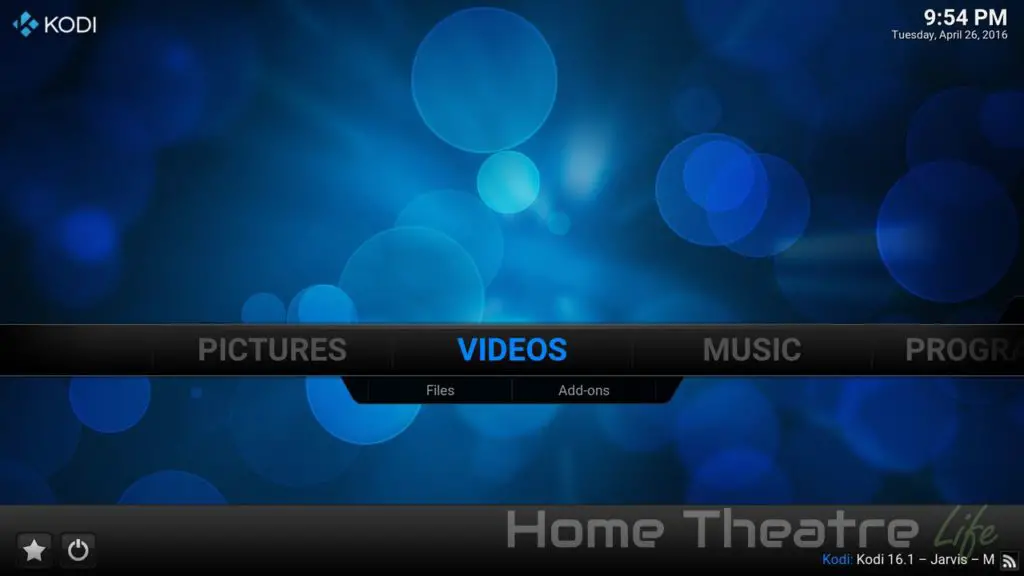
The included version of Kodi was out of date so I installed the latest version from the Google Play store to complete my tests (Kodi 16.1 at the time of writing) and used the Himedia Wrapper to enable automatic framerate switching.
| Codec | Video Performance (Kodi 16.1) |
|---|---|
| 1080p 3D SBS H.264 | OK |
| 1080p 3D ABL H.264 | OK |
| 1080p24 H.264 | OK |
| 1080p High Bitrate H.264 | OK |
| 1080p60 H.264 | OK |
| 720p50 H.264 | OK |
| 1080i25 H.264 | OK |
| 4K 30FPS H.264 | OK |
| 4K 60FPS H.264 | Unwatchable – Audio Out of Sync with Video |
| 1080p24 HEVC | OK |
| 4K 30FPS 8-bit HEVC | OK |
| 4K 30FPS 10-bit HEVC | OK |
| 1080p VP8 | OK |
| 720p Hi10p | OK |
| 1080p Hi10p | Unwatchable – Decoding Issues |
| 1080p MPEG2 | OK |
| 1080p VC1 | OK |
| Unencrypted Bluray ISO (Sintel) | OK |
Deinterlacing performance was good, without any obvious artifacting on interlaced samples.
Automatic framerate switching is supported but to get it working in Kodi, you’ll need to get it to use Himedia’s internal player as it doesn’t work using Kodi’s native player. The Himedia Wrapper APK will do the config for you and then you just have to enable it under Playback settings.
23.976FPS content appeared to play back fine, without any obvious stuttering. However, I’ve heard reports of occasional stutters on long videos.
Please note: HiMedia have released firmware 2.0.6 for the HiMedia Q10 Pro that supports 4K UHD Blu-ray navigation on Android 7.0.
5.1 Audio Passthrough
Dolby Digital 5.1 passthrough via HDMI worked fine via Kodi 16.1
Netflix
Netflix works via the Netflix Android app, however, playback is limited to 480p like most Android boxes.
AirPlay and MiraCast
Using the included Happy Cast app, AirPlay worked intermittently for audio and video. AirPlay Mirroring wouldn’t function at all. However, a future app update will likely fix this issue.
Alternatively, you could pick up AirPlay/DLNA Receiver (PRO) from the Google Play Store.
Miracast worked perfectly using my Samsung Galaxy S7.
External Storage Support
Playing back movies from my 2.5″ USB-powered HDD and USB flash drive worked perfectly.
Himedia Q10 Pro Review: Gaming Performance
To test gaming performance, I installed 2 games,1 2D and 1 3D title:
The Hisilicon Hi3798C V200’s Mali-T720 GPU so I expected decent gaming performance and the Himedia Q10 Pro performed well. Beach Buggy Racing played back perfectly at maximum settings whilst maintaining a fairly solid 30fps.
Gaming Controllers and Bluetooth
I didn’t have any issues hooking up my GameSir G3 via Bluetooth and use it to play Beach Buggy Racing.
As the box isn’t rooted, I wasn’t able to run SixAxis Compatibility Checker.
Himedia Q10 Pro Review: Networking
Networking performance was tested using Wifi performance was tested using Wifi Speed Test, conducting 3 tests and averaging the results. My router is approximately 5m away, with a single wall between the router and the device. WiFi performance is heavily impacted by a number of factors so your performance may vary.
Wireless Performance
Wireless performance was fantastic on the Himedia Q10 Pro, with upload and download speeds of 44.0Mbps and 36.6Mbps respectively on the 2.4GHz band and 115.3Mbps and 135.2Mbps on the 5Ghz band.
4K H.264 streamed fine wirelessly from an NFS share on my server.
Ethernet Performance
Ethernet performance was decent, with upload and download speeds of 595.8Mbps and 644.4Mbps respectively.
Himedia Q10 Pro Review: Benchmarks
| Benchmark | Score |
| Antutu 6.0 | 37326 |
| 3DMark Ice Storm Unlimited | Crashed Before Benchmark Selection Screen |
| 3DMark Ice Storm Extreme | Crashed Before Benchmark Selection Screen |
| GeekBench 3 Single Core | 687 |
| GeekBench 3 Multi Core | 2187 |
I wasnt able to complete the 3DMark benchmarks as the app kept crashing whenever I tried to swipe to the other benchmarks. This isn’t the first box that I’ve seen this happen on so I suspect the issue is with the 3DMark app rather than the Q10 Pro.
Himedia Q10 Pro Review: Power Consumption
| Off | Standby | Idle | 1080p24 Video | Under Load |
| 0.8W | N/A | 5.0W | 6.8W | 8W |
Should You Get One?
The Himedia Q10 is an excellent Android TV box. Although the pricetag may be a little high for some, it’s exceptional performance and features make this a solid choice for those wanting a good all-round Android box that offers top image quality and respectable gaming grunt.
Where to Buy the HiMedia 10 Pro
The Himedia Q10 Pro is available from the following stores:
Check Price at Amazon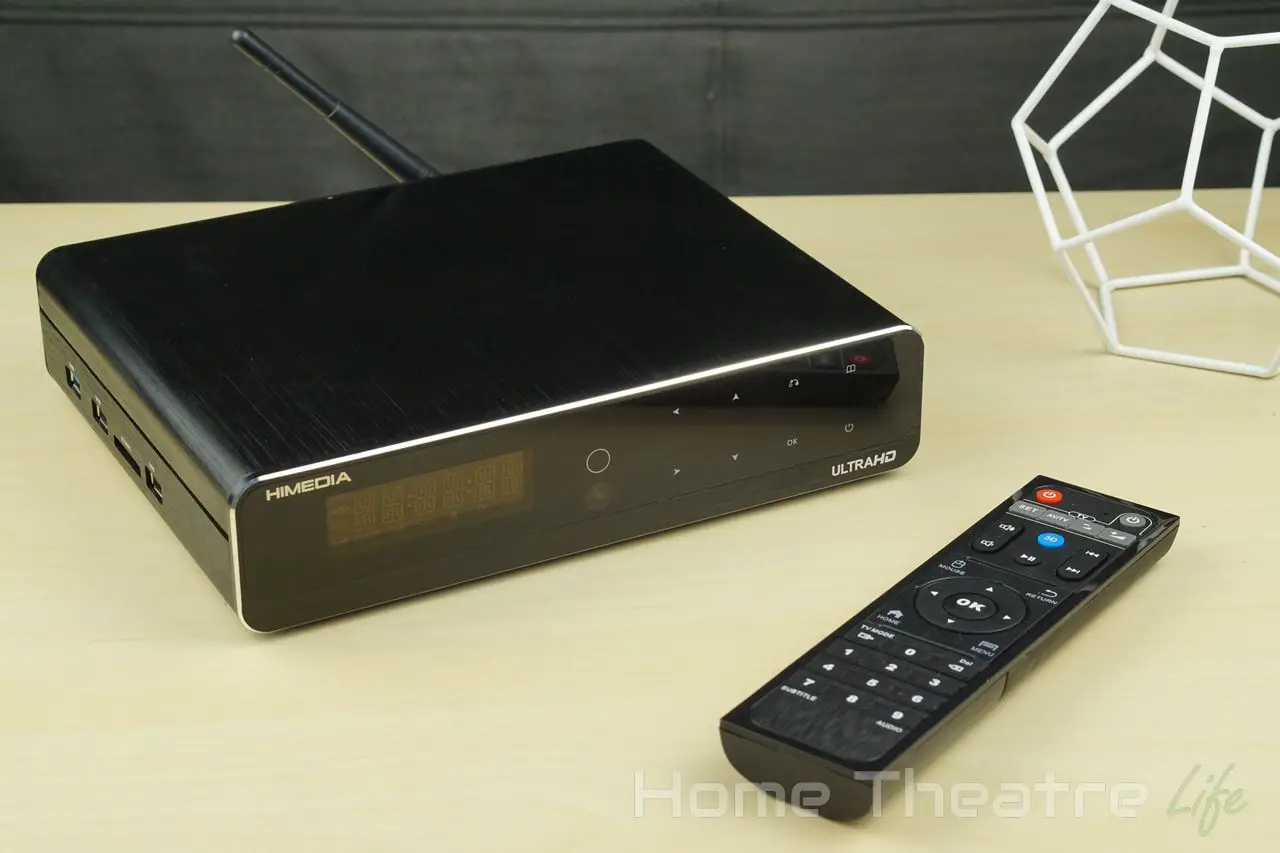
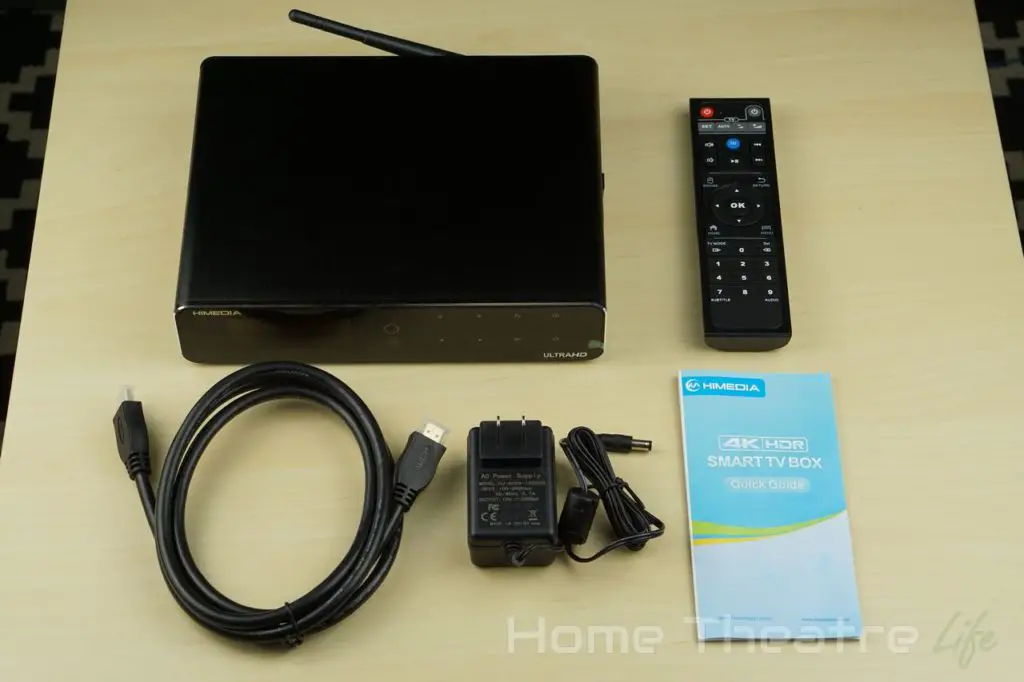
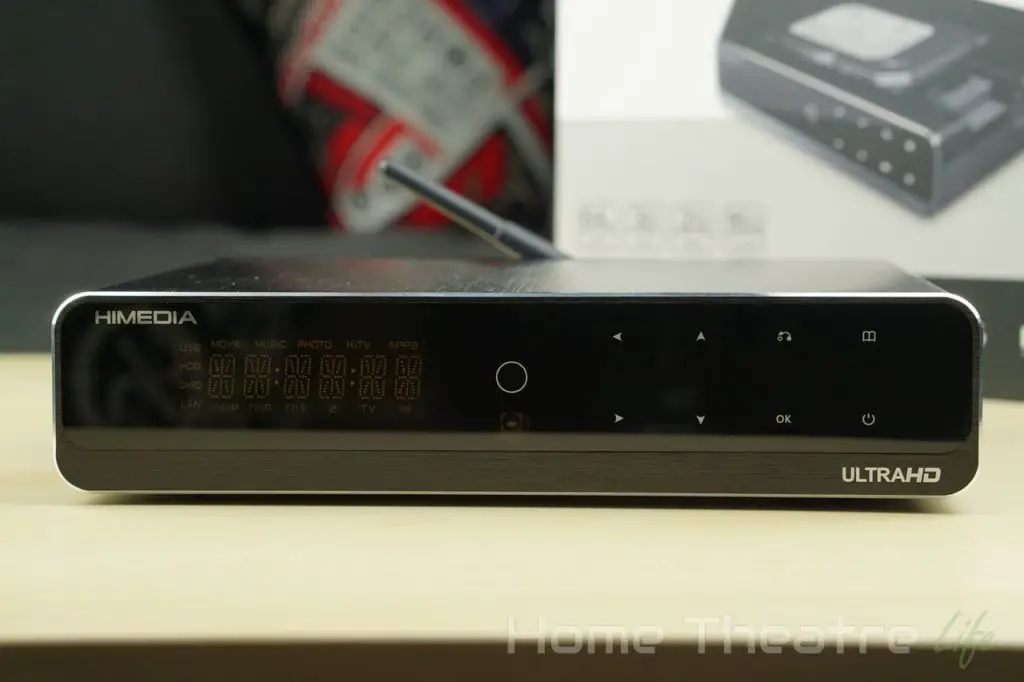
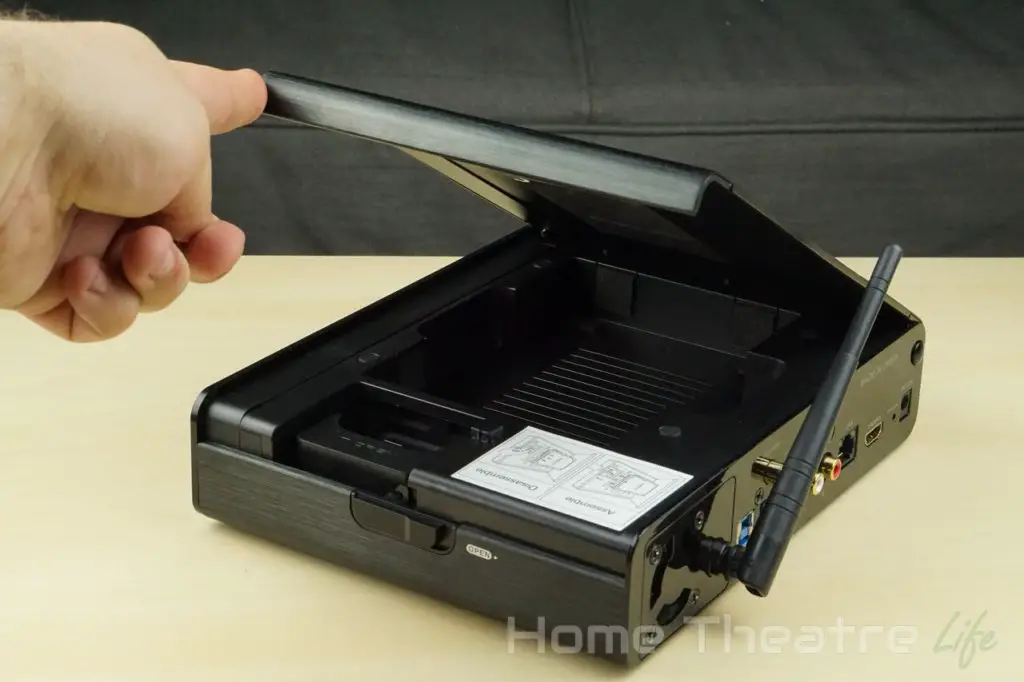
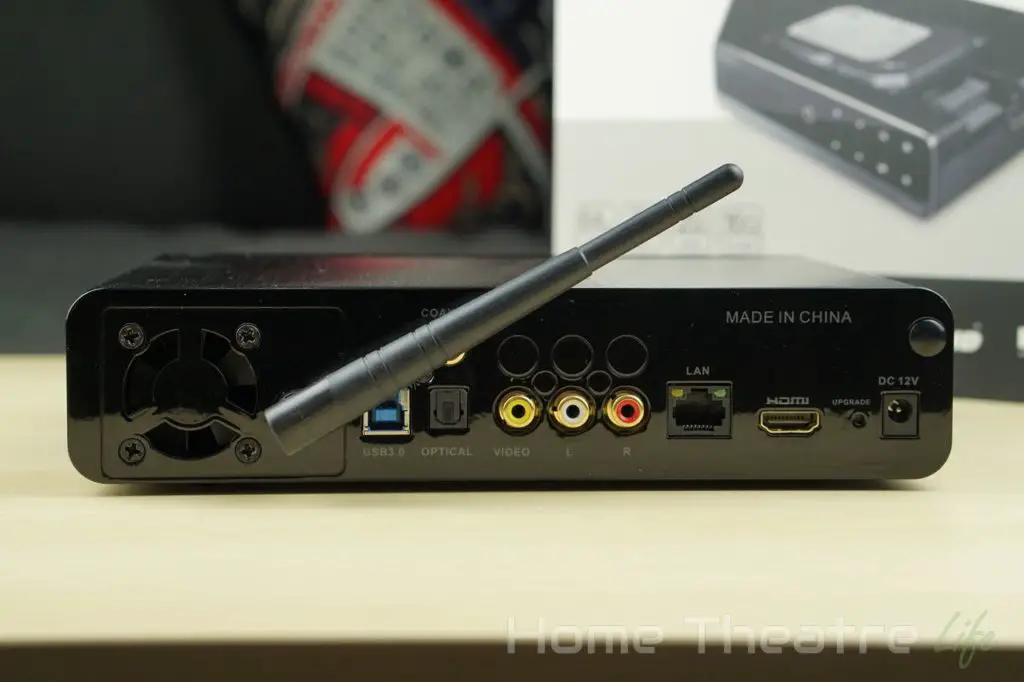
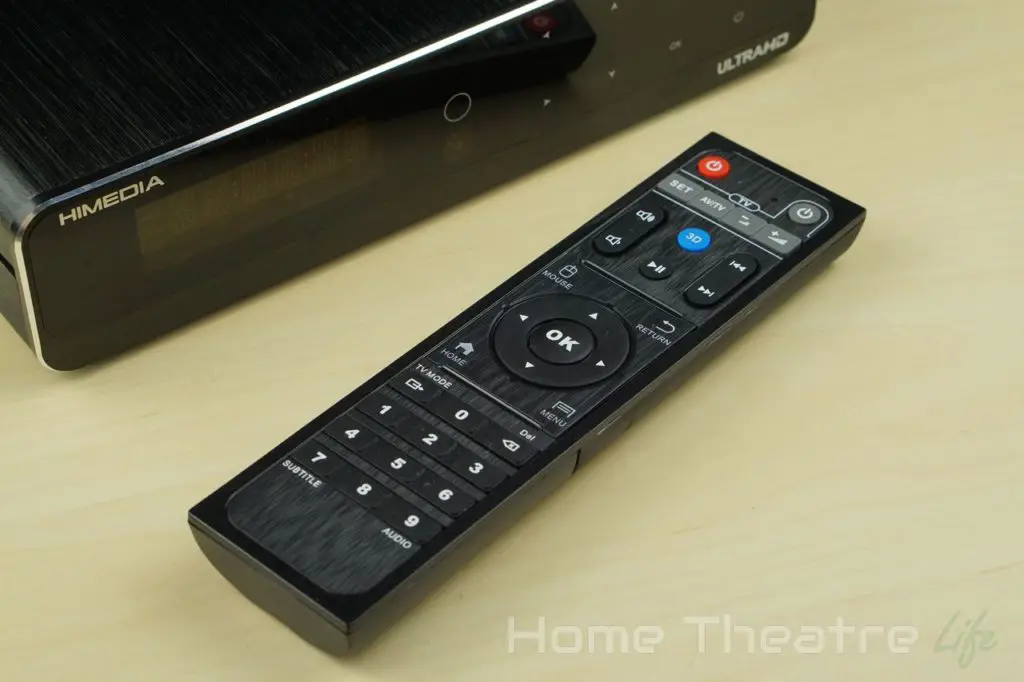
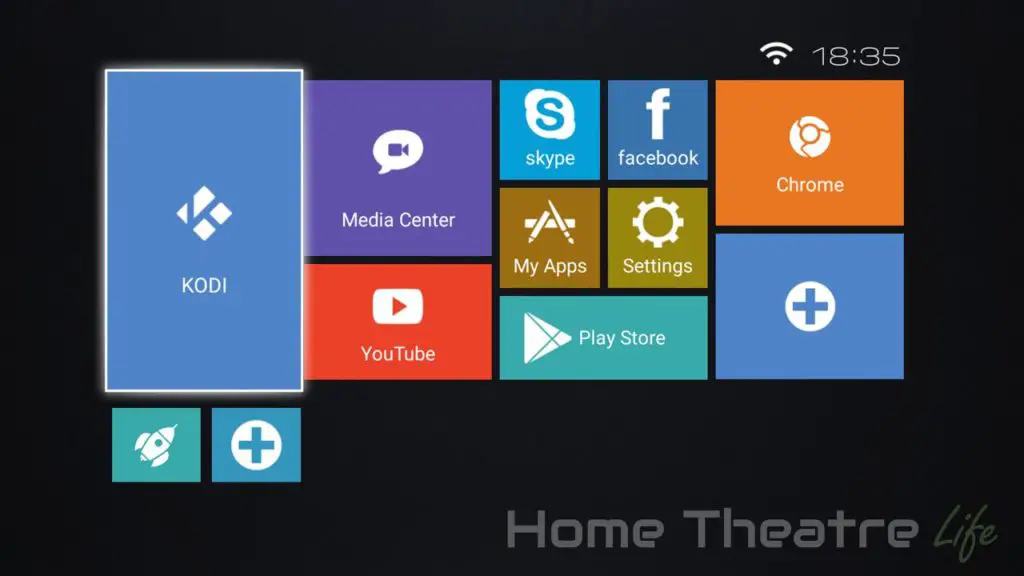
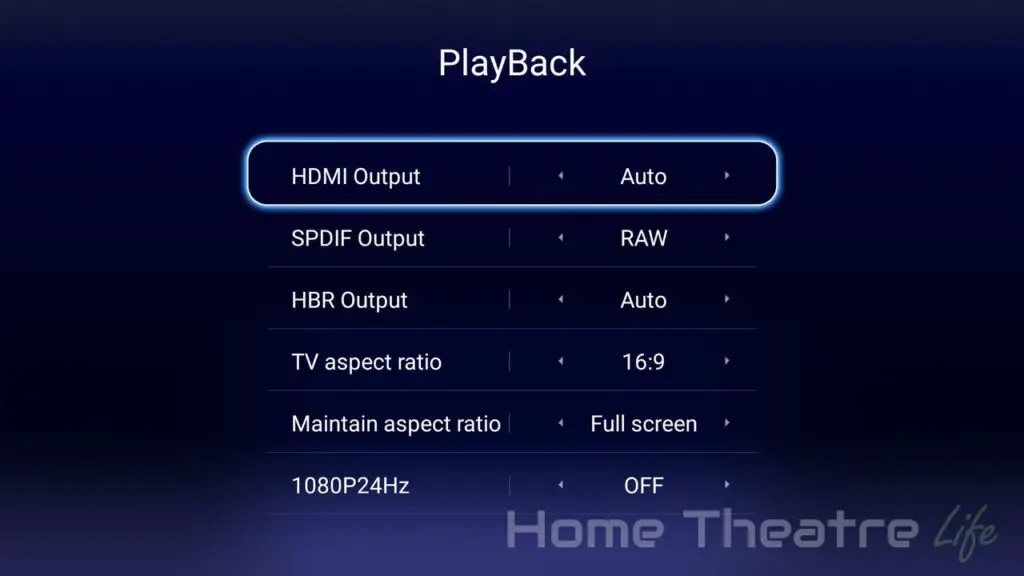
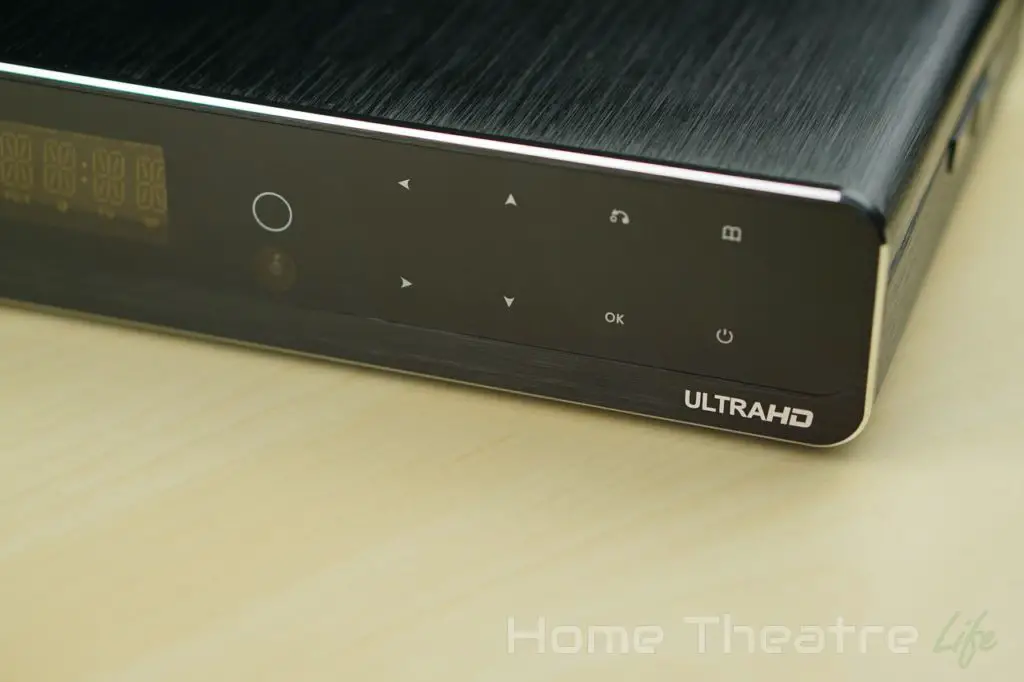

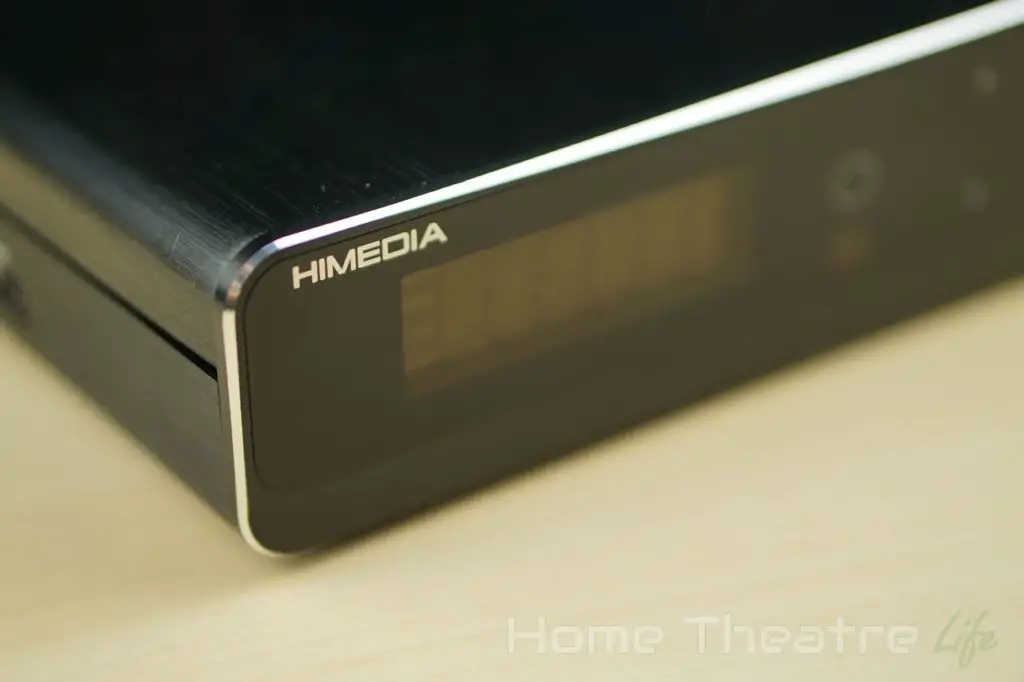
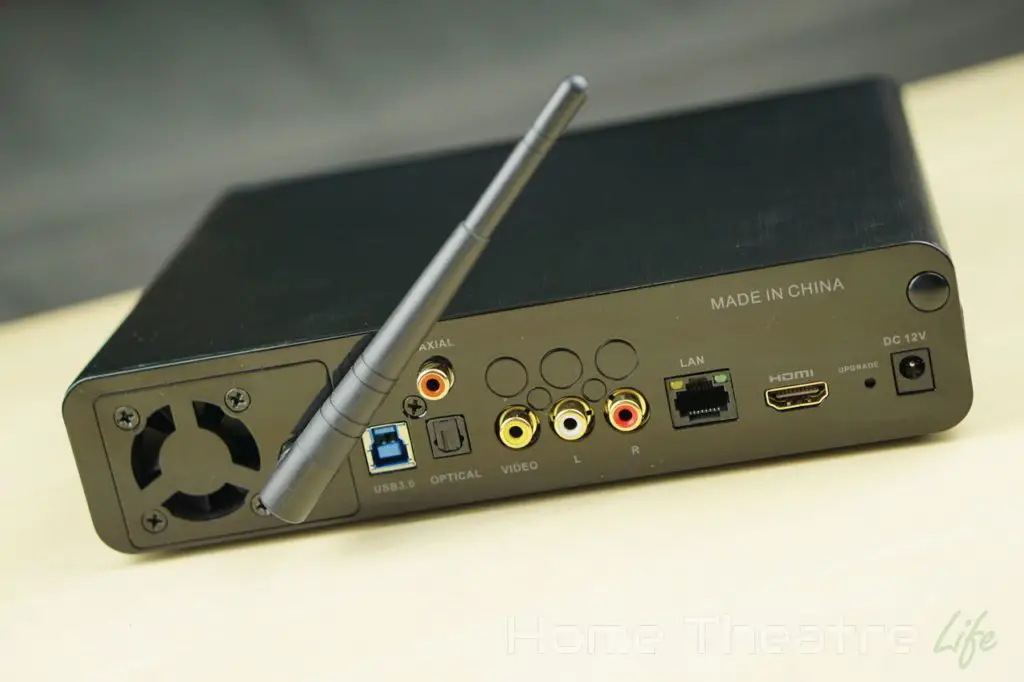



Thinking about getting one from Geekbuyin’s Spanish warehouse, it’s only $167 right now. Your thoughts?
Great review…
I’m just eager to know. Based on 4k 60fps video perform (KODI 16.1) video are out of sync.
So, is this because of HDMI cable? or another factors.
And… will it just fine when we played 4k 60fps from internal HDD drive?
Thank You.
Hi Eve,
Thanks for the feedback!
The 4K 60FPS sample was out of sync as it appears that the chip couldn’t decode it properly. I played it back from a USB HDD so that wasn’t the issue.
Thanks for this review. Unfortunately you list a number of things from the spec sheet that don’t seem to work in real life. My experience with the Q10 Pro has been very disappointing. The SAMBA implementation doesn’t recognise and share an internal HDD, Kodi (16.1) freezes on “waiting for external storage” despite numerous clean installs and updates, and the whole wrapper implementation is confusing and cumbersome. Moreover the device was originally billed as supporting DFF/DSD multichannel HD surround but this is not working.
Hi Panorama. I didn’t have a chance to test out the SATA slot as I didn’t have a spare HDD lying around. I know HiMedia have released a new firmware update and there’s another one expected shortly which may address the issues you’ve experienced. You can grab it via OTA or from their site here: http://www.himediatech.com/support.htm
I definitely agree that the whole wrapper implementation is awkward but it appears to be the only way to get automatic framerate switching into Kodi for this box. Unfortunately, it appears changing refresh rates is a real mess on Android devices.
thanks for the review…
seems many updates did make this device better! do you still have it so you can post an updated review?!
I do still have it nenito2k and I’m wanting to update my review with my impressions of the Android 7.0 Nougat firmware update but I haven’t had much time yet! Stay tuned.
excellent, please do a comparaison also regarding audio and video quality compared to the 2 other competitors (realtek 1295 and amlogic 912); i have searched for hours for reviews comparing these SOC’s about picture quality with SDHD and 4K, and found nothing !